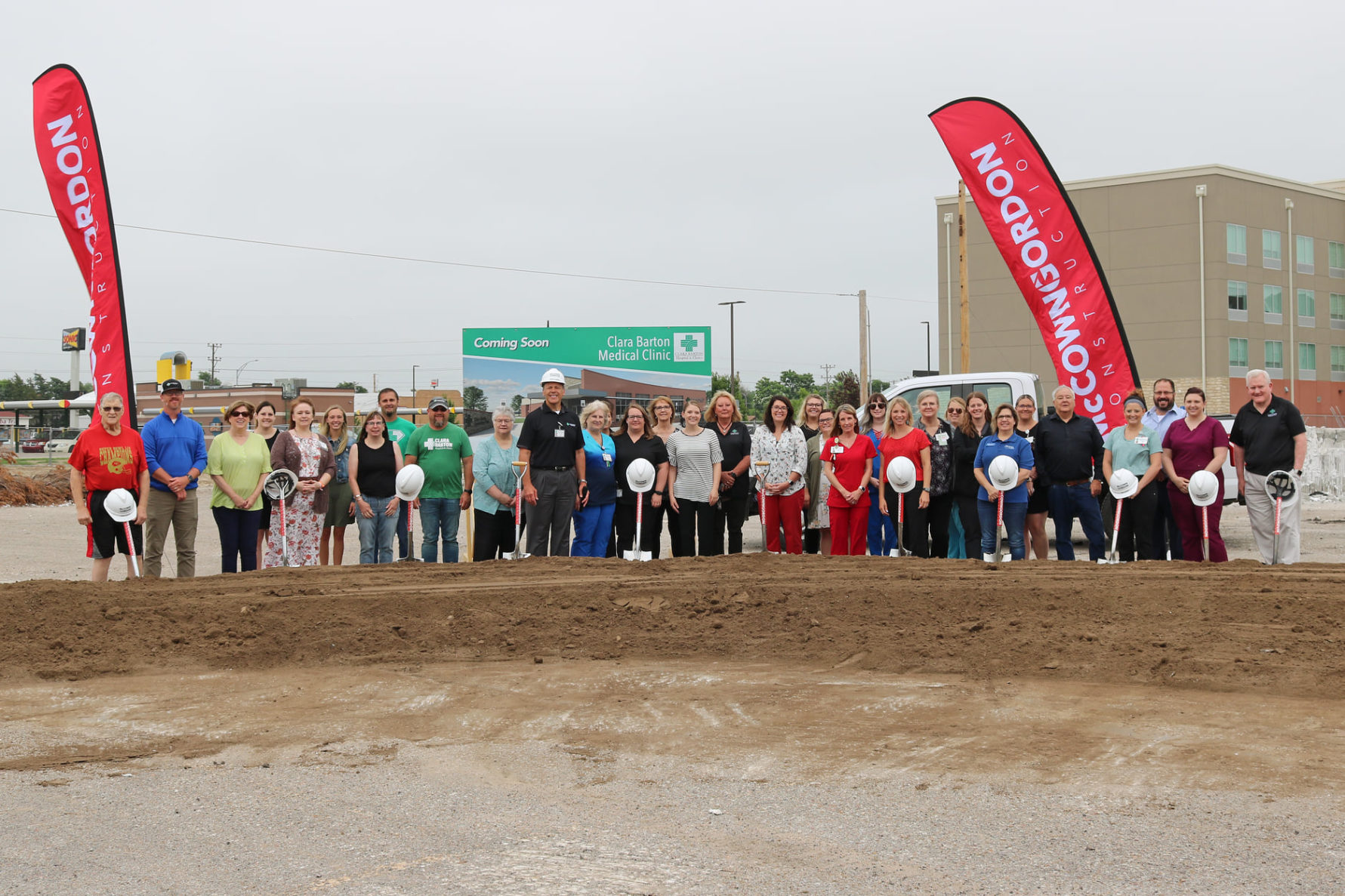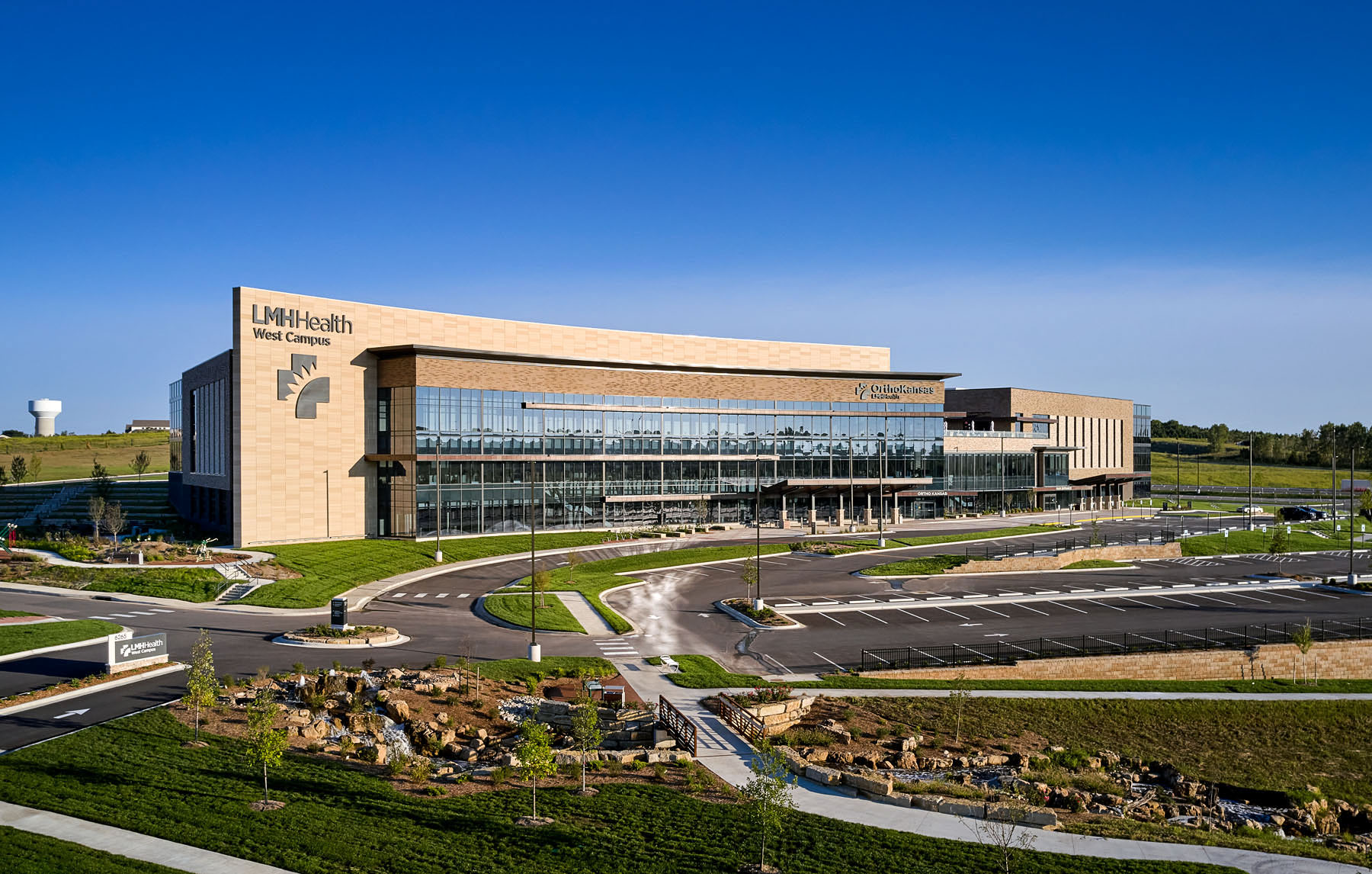Frequently asked questions about rural healthcare construction

As seen in the Digital Version of the Wichita Business Journal Vol. 36 No. 25 Pg 32
Renovating a healthcare facility can seem overwhelming at first. A construction manager can serve as an advisor and advocate through the process. We’ve helped many hospitals, especially rural facilities, with the construction process. We hope our answers to the most frequently asked questions can get you started on your construction journey.
I know we need to renovate and/or add on. How do I finance a project?
There are three main options when it comes to financing.
-
Revenue Bonds (backed by financial performance)
The Hospital’s revenues secure the repayment of bonds. While this may be a great option, this often results in a higher interest rate when compared to other financing mechanisms.
-
General Obligation Bonds (backed by property and/or sales tax)
Government owned facilities can issue General Obligation or Public Building Commission Revenue Bonds. Often the city, county or district will increase the mill levy or elevate the sales tax to pay back the bond. General obligation bonds are also used if the hospital believes it has the ability to pay back the loan through their revenue, but need the city/county/district to back the loan in case they cannot. This will often also improve the interest rate on the loan because it’s less risky.
-
USDA funding (backed by federal government, usually used because no other entity is willing to back the loan due to financial risk)
The USDA is the bond purchaser. The entity issuing the bonds needs to determine which of the above financing mechanisms needs to be authorized under your state’s statute.
It is recommended a public financer is consulted to determine appropriate procedures.
It seems like USDA funding is the best fit for me. What are my next steps?
Step 1: Initial customer meeting with USDA funding specialist – The USDA representative meets with the owner to discuss options and the path forward.
Step 2: Pre-application process – The specialist walks through the steps with the client. The client then provides information requested by USDA as well as the application to get preapproval. This includes providing several years of prior financial statements.
Step 3: Application Processing and Underwriting, Preliminary Architectural Report, Feasibility Study and Environmental Reports – This is where you define the project scope and develop a revenue model.
Step 4: Client submits final application to USDA
Step 5: Construction complete – USDA bonds are taken out upon completion of the project.
How can hiring McCownGordon help generate support?
McCownGordon can help organize a public outreach campaign and offer marketing support. We are also your resource in public forums to help explain the costs, schedule and construction process. This open communication with the community ensures a smooth, transparent construction process.
What are my state laws on hiring a design team?
Many times, architects can be hired without a competitive process although many owners prefer to host a design competition to ensure the best value with innovative design elements.
What are my state laws on hiring a construction team?
This all depends on what state you are building in and how the project is funded. McCownGordon works in many states and can help you understand your state laws for procurement.
What delivery method should I use?
Our experience in each of the delivery methods shows that collaborative delivery methods (Construction Manager at Risk and Design Build) provide the best final product at the most optimum schedule for the best value regardless of the project type. These methods reduce the risk to the owner, reduce potential change orders, reduce project schedule overages, all while allowing each party, owner, architect and contractor, a balanced participation in the project direction.
LEARN MORE ABOUT DIFFERENT DELIVERY METHODS
Ready to get started? Fill out our online project planning tool to start your process.





